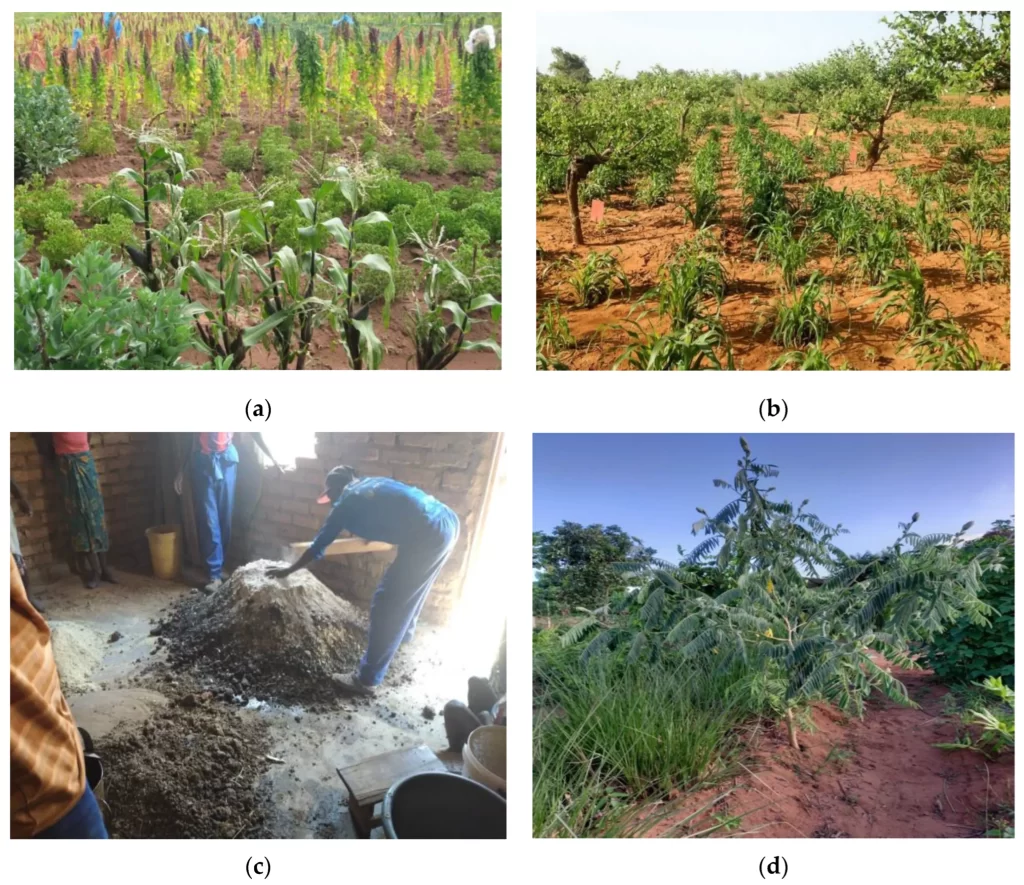
In the face of mounting challenges such as climate change, population growth, and environmental degradation, building resilient food systems has become an urgent global priority. So the Agricultural biodiversity, the variety and variability of plants, animals, and microorganisms in agroecosystems, plays a fundamental role in enhancing the resilience of food systems. So In this blog post, we will explore how agricultural biodiversity contributes to resilient food systems and why preserving and promoting biodiversity is essential for ensuring food security, environmental sustainability, and human well-being.
Genetic Diversity:
Agricultural biodiversity encompasses genetic diversity within and between plant and animal species. Including certainly traditional and heirloom varieties, wild relatives, and landraces. Genetic diversity is crucial for breeding new crop varieties with traits such as disease resistance, tolerance to environmental stress, and nutritional quality. By eventually preserving and utilizing genetic diversity, farmers can adapt their crops to changing environmental conditions. Like pests, and diseases, enhancing the resilience of agricultural systems and ensuring a stable and diverse food supply.
Ecosystem Services:
Biodiversity in agroecosystems provides a range of ecosystem services that support agricultural productivity and resilience. Pollinators such as bees, butterflies, and birds play a vital role in pollinating crops and wild plants, ensuring the production of fruits, vegetables, and seeds. Additionally, soil microorganisms contribute to nutrient cycling, soil fertility, and pest regulation, enhancing the resilience of agricultural ecosystems. By maintaining diverse habitats and landscapes, farmers can promote ecosystem services that support agricultural productivity and mitigate the impacts of environmental disturbances.
Pest and Disease Management:
Agricultural biodiversity contributes to pest and disease management by providing natural enemies. Biological control agents, and resistance traits that help suppress pest populations and reduce crop damage. Plant diversity in agroecosystems creates a more complex and resilient ecosystem. That can buffer against pest outbreaks and reduce the need for chemical pesticides. Additionally, incorporating diverse crop rotations, intercropping, and agroforestry systems can disrupt pest life cycles and create natural barriers to pest invasion, enhancing the resilience of agricultural systems.
Climate Resilience:
Agricultural biodiversity plays a critical role in building climate resilience by providing a diverse range of crops and varieties. That are adapted to different climatic conditions and growing environments. Climate-resilient crops with traits such as drought tolerance, heat resistance, and water-use efficiency are essential for ensuring food security in the face of climate variability and extreme weather events. By promoting diverse cropping systems and incorporating climate-resilient crop varieties. Farmers can mitigate the impacts of climate change on agricultural production and enhance the resilience of food systems.
Nutritional Diversity:
Agricultural biodiversity contributes to nutritional diversity by providing a wide range of plant and animal species with diverse nutrient profiles. Traditional and indigenous food crops, wild edibles, and local livestock breeds contribute to dietary diversity. And nutritional security, ensuring access to essential vitamins, minerals, and micronutrients. By promoting the consumption of diverse and locally adapted foods, agricultural biodiversity can address malnutrition. They improve dietary quality, and however enhance human health and well-being.
Cultural Heritage and Indigenous Knowledge:
Agricultural biodiversity is closely linked to cultural heritage and indigenous knowledge systems. Encompassing traditional farming practices, seed saving traditions, and local food cultures. Indigenous and traditional farming communities possess valuable knowledge about crop diversity, agroecological practices, and sustainable land management techniques that have been developed over generations. By preserving and promoting indigenous knowledge systems, farmers can enhance the resilience of food systems. And maintain cultural traditions that are integral to community identity and well-being.
Conclusion:
In conclusion, agricultural biodiversity plays a central role in fostering resilient food systems. That can basically withstand environmental, economic, and social challenges. By preserving and promoting genetic diversity, ecosystem services, pest and disease management strategies, climate resilience, nutritional diversity. And indigenous knowledge systems, farmers can enhance the resilience of agricultural systems. And additionally ensure food security, environmental sustainability, and human well-being. Recognizing the importance of agricultural biodiversity and adopting practices that support its conservation and utilization. This are essential steps towards building resilient food systems that afterwards can meet the needs of present and future generations in a changing world.